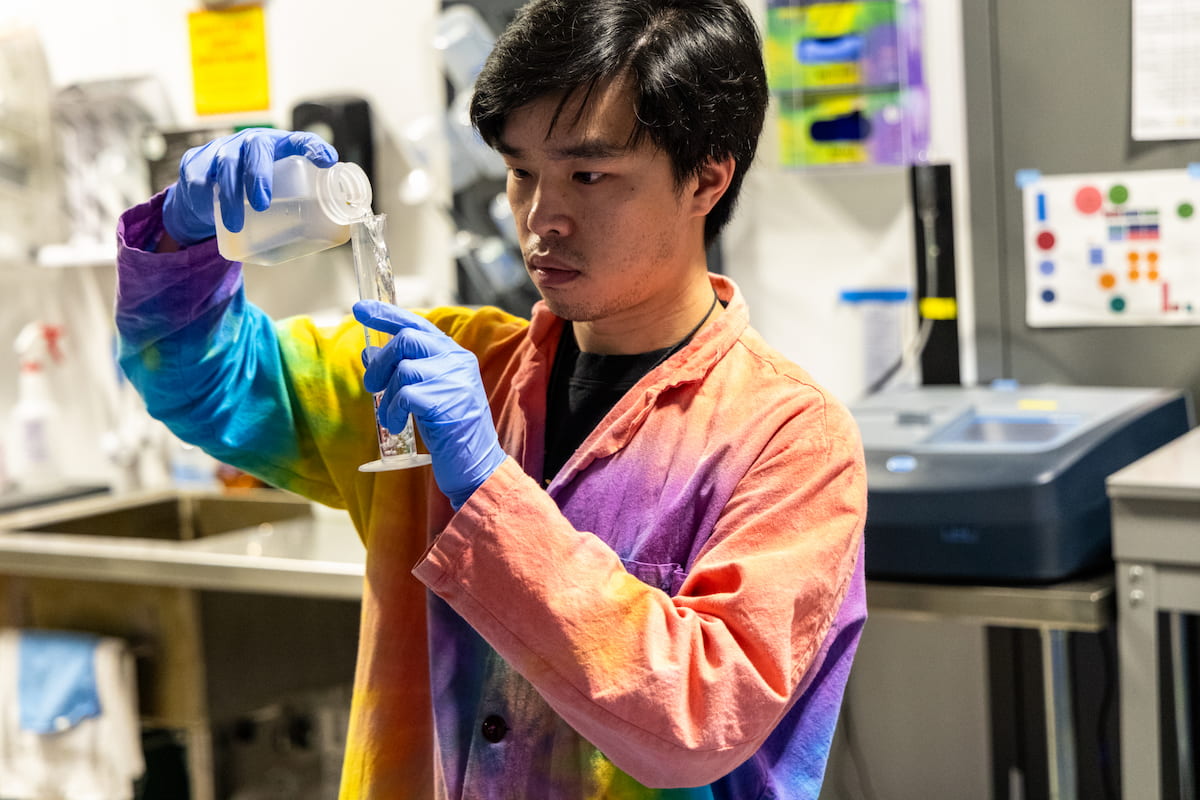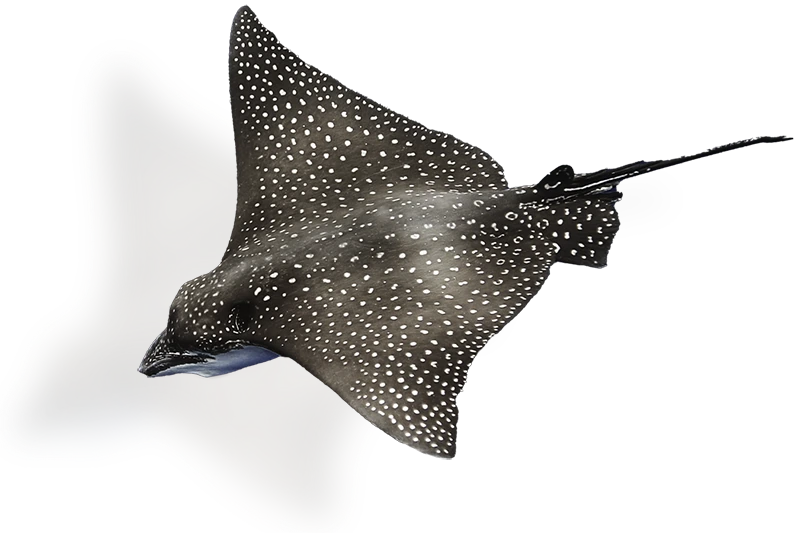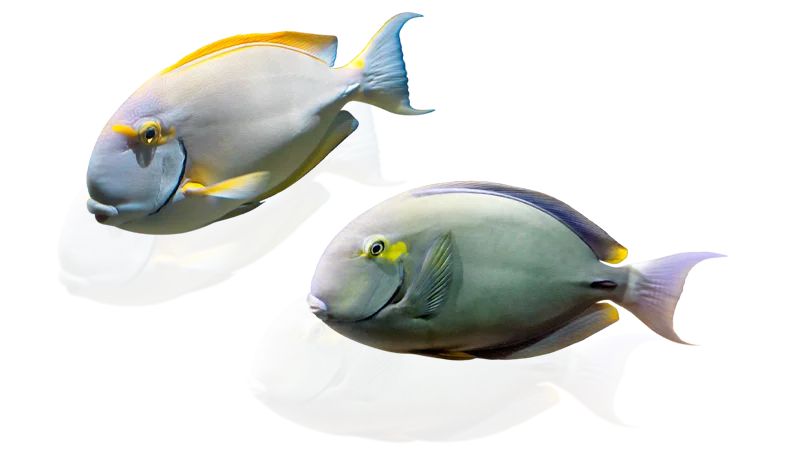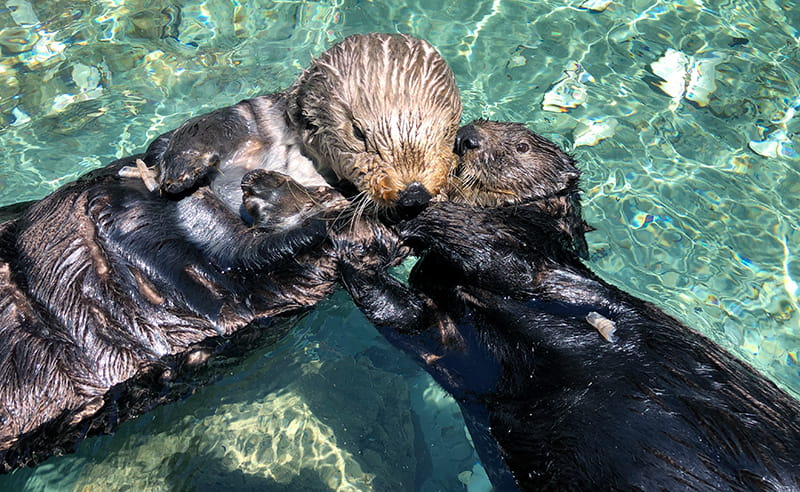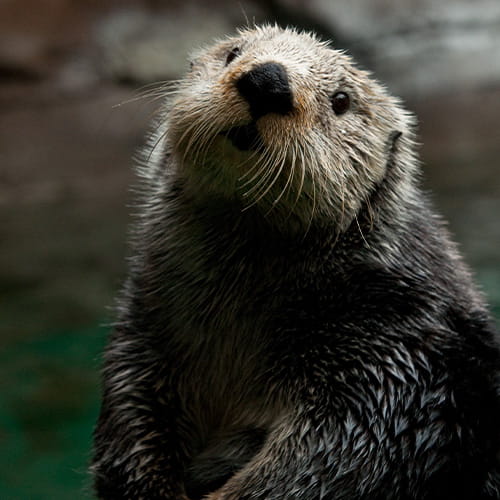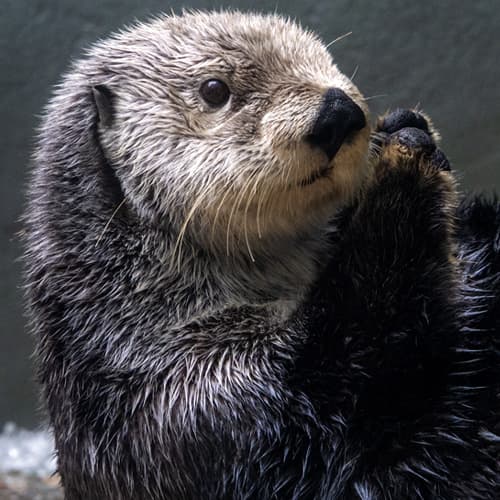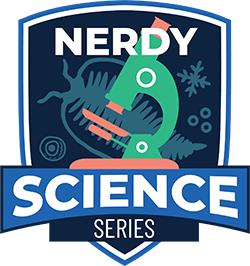
This story is part of our Nerdy Science Series—how we’re using research and technology in service of a healthy ocean.
From basket stars to fur seals, what do all animals at the Seattle Aquarium have in common? They need just the right conditions in their water to flourish. The mission of maintaining the Aquarium’s water quality every minute of every day is undertaken by a small but skilled group of chemists using both new technology and ancient solutions.
Water Quality Manager Hannah Mewhirter says her team is usually the first to notice when there’s a problem with a habitat’s water. That’s mainly because many water quality issues don’t change the water’s appearance.
The team tests 20–40 water samples from the main Aquarium and offsite Animal Care Center each day. They check several physical properties of the water like salinity, pH levels, dissolved oxygen levels and temperature. And they test for nutrients like ammonia, nitrate, nitrite and phosphate. All these parameters need to be balanced for aquatic animals to thrive.
The team also collects daily data, which helps them identify changes and guides their actions. When they notice an imbalance, they work with members of the engineering team and animal care teams to identify what caused the issue and how to amend it.
“It’s a collaborative process,” Hannah says. “We tell the animal care teams what their water quality looks like. They tell us what they need for their animals, and we work together. It’s like creating a customized plan.”
Many species at the Aquarium are from the Puget Sound region. To accommodate them, the Aquarium brings in seawater from Elliott Bay. After a little filtration and supplementation, this water is pumped into our animal habitats. We then filter and return the water back into Puget Sound.
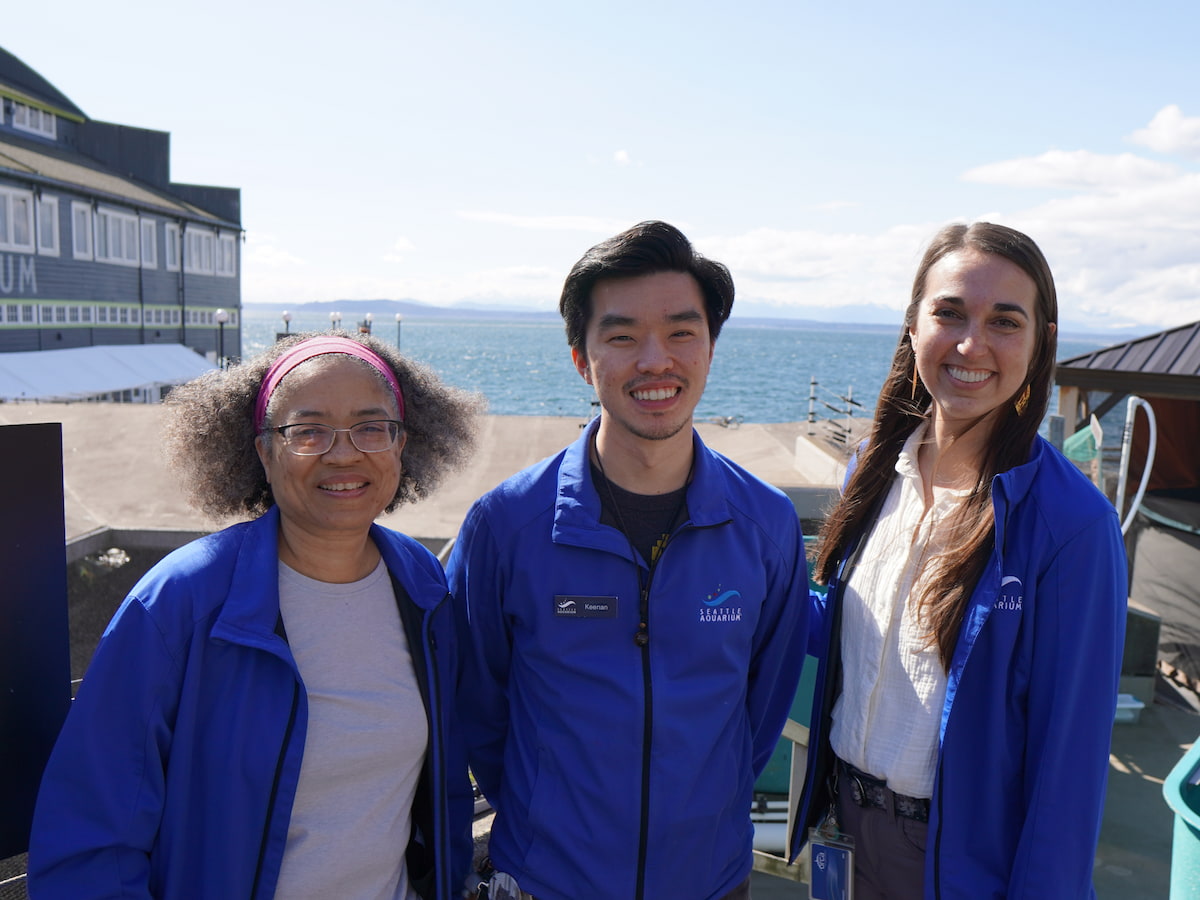
Although seawater looks like an unlimited resource, it’s not. We want to be the best stewards of that seawater because it is the lifeblood of the Seattle Aquarium.
Ocean Pavilion brings changes
The Ocean Pavilion—which opens in 2024 and will feature tropical plants, fish and invertebrates from the Coral Triangle region of the Pacific Ocean—uses a different system. It’s designed to clean and recirculate 96% of the salt water in its habitats, saving both water and energy. Recaptured heat from the warm water will also help heat the building.
“The Seattle Aquarium has embraced a paradigm shift,” Hannah says. “Water quality is far more complex and sensitive in a closed-mode aquarium than in an open-flow aquarium. That will require daily testing and looking at more parameters because we are intentional about reusing the water.”
Innovative technology helps the team stay on top of water quality testing. One tool that Hannah is particularly excited about is the ion chromatograph, which tests nine different chemical properties at once. The tool not only cuts down on the time, energy and chemical reagents needed to conduct those individual tests but also reduces the amount of plastic packaging.
“Ammonia is one of the most sensitive parameters we test,” Hannah says. “We’re never going to miss ammonia testing. If anything, we’re going to add ammonia testing, especially in a fully recirculating water system. But thinking of doing that while adding environmental costs with all that plastic—it just didn’t sit well with me. So, we’re going to pursue a greener method using an ion-selective electrode.”
These sustainable choices also align with the Aquarium’s goal of becoming a zero-waste operating facility by 2025.
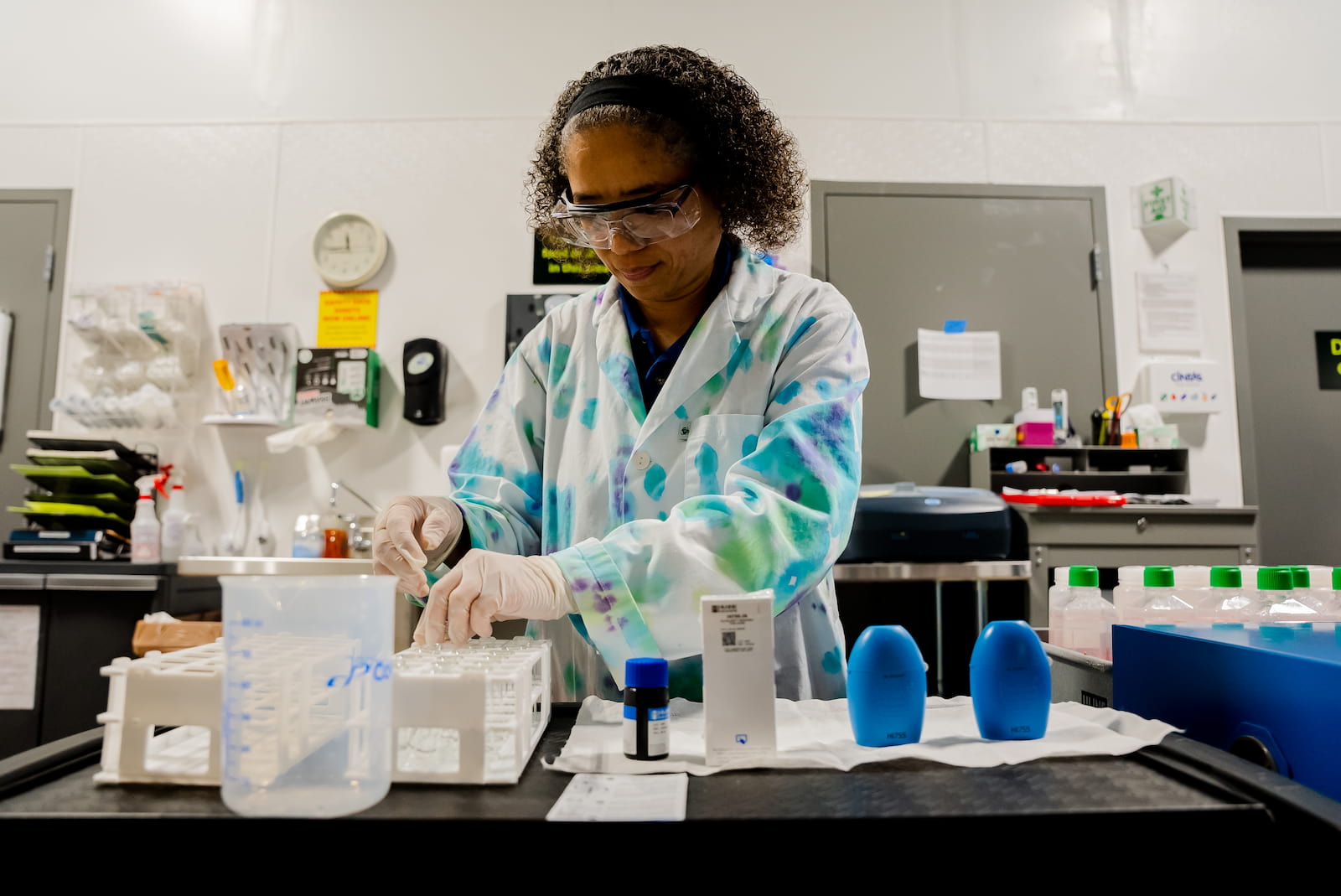
Finding solutions
The most powerful tool the team uses to keep water clean is low-tech but no less meticulous: bacteria.
When animals eat food, they convert some of it into energy and the rest into waste products, which contain a lot of nitrogen. In large quantities, nitrogen could create harmful conditions.
Nitrifying bacteria break down the nitrogen-rich waste products and help balance the chemistry in animal habitats. These bacteria create their own waste that other bacteria eat in turn, creating a sustainable cycle. The water quality team monitors the bacterial population to create a biological filtration system that maintains water quality 24/7.
Hannah sees her work as a puzzle with many pieces. Chemistry, creativity and collaboration help Hannah and her team keep the Aquarium’s water in the clear.
“Things are relatively stable from day to day—and we want them to be. But when they’re not, that is a challenge that brings out the joy of problem-solving. I like figuring out what has changed and collaborating on how we need to fix it,” Hannah says.
